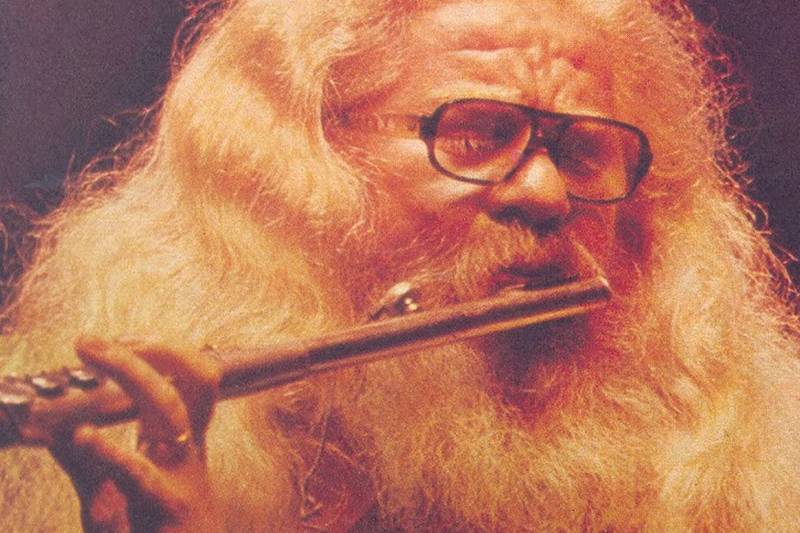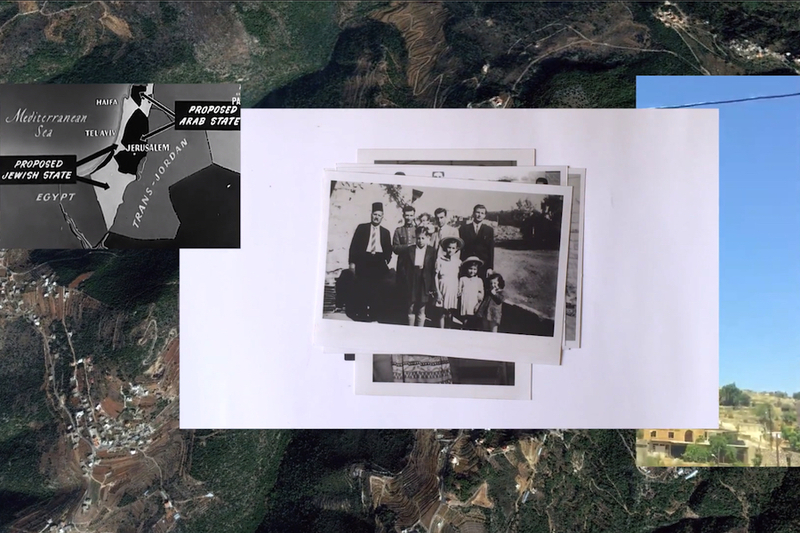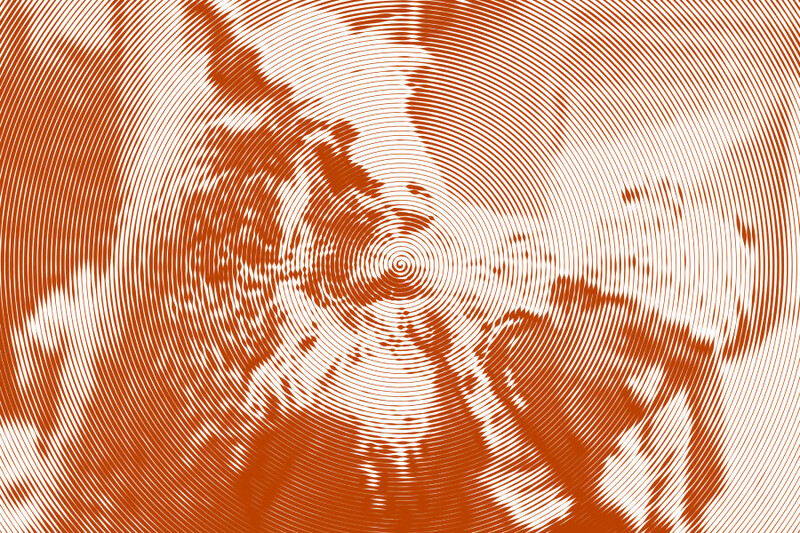Elsewhere Radio is a monthly podcast hosted by Hala Alsadi, dedicated to digging up and digging into music from places far away, and exploring niche genres and genre-makers with attention to the instruments, communities, and social and political components that shape music into the forms we know today. This is music that the algorithm doesn’t usually throw you, but good friends will.
Looking over the vast mountains, the curves are highlighted as they gently touch the sunlight, centered in fields of green lands that meet with the light blue sky on the distant horizon: this is the background imagery that accompanies a lot of Armenian duduk music. No wonder, as duduk does sound like nature in its most melancholic and joyous forms of being. The body of duduk is made of the soft wood of the apricot tree that grows on the banks of the notable Aras River, which makes its way in Armenia, Turkey, Azerbaijan, and Iran.
Perhaps, duduk is the first sound anyone will find when they attempt to discover music from Armenia. The instrument indeed carries historical significance as it persists throughout generations of political struggles, systemic oppression, immigration, and cultural change. Certainly, there has been controversy on the origin and ownership of the instrument between Azerbaijan, Armenia, and Georgia—the lingering question of ownership.
The instrument itself has undergone various transformations over the course of its existence. Although duduk existed for more than 2000 years, there is evidence that the instrument we know today was designed and dated not more than 100 years ago. It came as a product of Soviet cultural engineering, changing from its origins as a harsher, zurna-sounding instrument to its contemporary deep and sensational tone. Throughout the centuries, duduk music has found its way to nearby countries, merging and adapting to various local cultures, resulting in changes and variations of the body, sound, and technique. New and different variants of duduk emerged in countries like Georgia, Azerbaijan, Turkey, Iran, and even in the Balkans. Each variation carries a different name in the local culture and is distinguished by the instrument design, the length, the number of holes or the wood type used to build it.
In the end, the variations of the instrument in neighboring countries share several physical and design similarities with each other, which perhaps makes “the objects shared, as much as it is also contested”.
The instrument's reconstruction and its debut as a solo or ensemble piece are connected to external factors. The utilization of a diatonic scale and associated musical concepts can be traced back to Soviet policies and the newfound liberty for musicians to choose and refine their skills on their preferred instruments.
The duduk is an instrument that sits at the core of national identity in Armenia, it is mostly tied to music with no lyrics and utilizes a symphony of highs and lows, forming a melodic cloud that elevates the listener's emotional experience. It has successfully shaped an independent folk sound within Armenian culture. The niche duduk genre “folk, Armenian” that is centered around this instrument has gained massive influence, becoming one of the most used folk instruments in Hollywood. It has created an example of how nature, politics, and community all come together to engineer a musical instrument organic to the culture from which it originates.
Tracklist:
Freedom by Djivan Gasparyan and Michael Brook
Fallen Star by Djivan Gasparyan
Bossa Reri Hovin Mernem by Argishty
Take My Heart by Michael Brook and Djivan Gasparyan
Dun En Glkhen by Vardan Harutyunyan
I hadn’t known grief by Argishty
Havun Havun by Gevorg Dabaghyan





